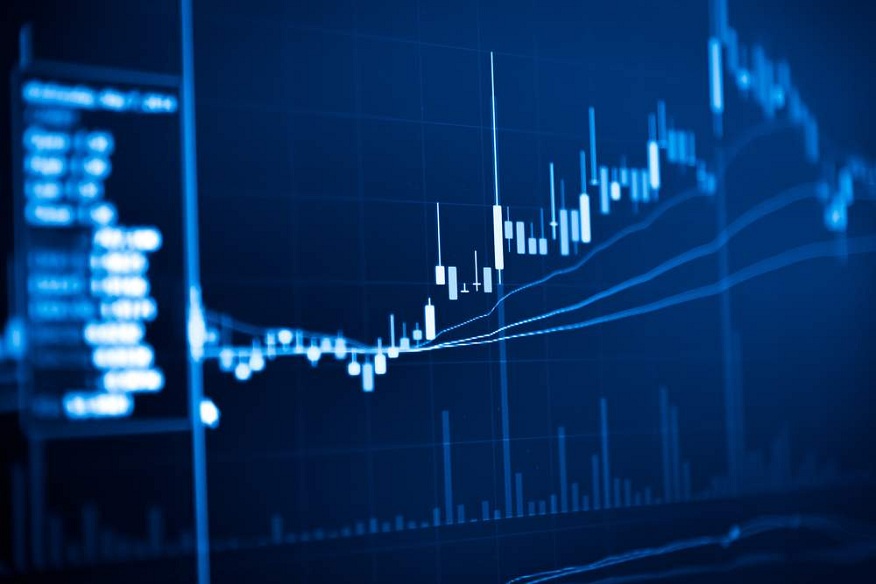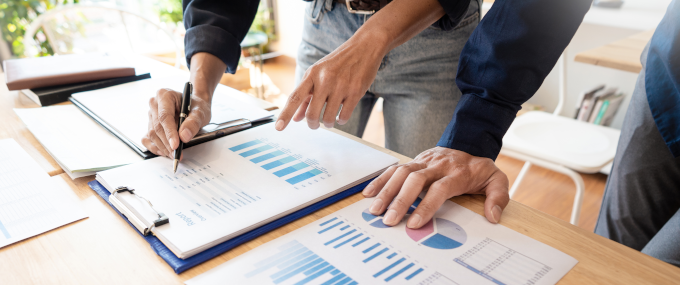
Understanding Commodity Futures Contracts
Commodity futures contracts are a vital part of the financial world, with a rich history dating back to ancient civilisations. These contracts allow individuals and businesses to manage risk, speculate on price movements, and participate in global commodity trading online markets. In this comprehensive guide, we will explore what commodity futures contracts are, how they work, essential terminology, trading strategies, popular markets, and how to get started trading them through a commodity trading platform.
What are Commodity Futures Contracts
Commodity futures contracts are standardised agreements to buy or sell a specific quantity of a commodity at a predetermined price on a future date. They are a fundamental component of commodity trading in SA, serving as a means for participants to secure prices for their products or speculate on future price movements. These contracts are prevalent in markets dealing with physical goods like agricultural products, energy resources, metals, etc. Commodity futures contracts are categorised into two primary types:
- Buyer (Long) Contracts: Buyers agree to purchase the commodity at a specified price on a future date. This is often used by those who want to lock in prices for their raw materials or anticipate price increases.
- Seller (Short) Contracts: Sellers commit to selling the commodity at a predetermined price in the future. This is commonly used by producers looking to secure revenue or those who anticipate price declines.
How Commodity Futures Contracts Work
Commodity futures contracts operate on a simple yet powerful principle of locking prices for future transactions.
- Contract Specifications: Each futures contract has specific terms, including the commodity type, quantity, quality, price, and expiration date. These standardised terms ensure uniformity and transparency in the market.
- Price Discovery: Prices are determined through supply and demand in the futures market. Traders’ expectations, geopolitical events, weather conditions, and economic data all influence prices.
- Margin Requirements: To participate in futures trading, traders must post an initial margin, which acts as collateral. This margin varies depending on the contract’s size and volatility.
- Marking to Market: Every trading day, contracts are revalued based on current market prices, leading to profits or losses for traders. This process, known as marking to market, helps maintain market integrity.
- Delivery or Settlement: Most futures contracts are financially settled, meaning that at the contract’s expiration, the difference between the contract price and the current market price is settled in cash. Physical delivery is an option, but most traders close their positions before expiration.
Key Terminology in Commodity Futures Contracts
To navigate the world of commodity futures contracts, understanding the essential terminology is crucial.
- Tick Size: The minimum price movement allowed in a contract.
- Leverage: The ability to control a prominent position with a relatively small amount of capital.
- Speculator: Individuals or entities who engage in futures trading to profit from price movements without intending to take physical delivery.
- Hedger: Producers, consumers, or businesses that use futures contracts to manage price risk associated with their core operations.
- Contango and Backwardation: Terms describing the relationship between the futures price and the expected spot price.
Trading Strategies with Commodity Futures Contracts
Trading commodity futures contracts involves various strategies tailored to different market conditions. Some common approaches include trend following, mean reversion, and option trading. Traders may also employ technical and fundamental analysis to inform their decisions. It’s essential to develop a well-defined strategy and risk management plan to succeed in this volatile market.
Popular Commodity Futures Markets
Commodity futures markets are diverse, covering various raw materials and resources.
- Agricultural Commodities: Wheat, corn, soybeans, and coffee are traded in these markets.
- Energy Commodities: Crude oil, natural gas, and heating oil are vital players in the energy sector.
- Metals: Gold, silver, copper, and platinum are actively traded in this category.
- Livestock: Markets for cattle, hogs, and other livestock products are crucial for the agricultural industry.
- Soft Commodities: This category includes commodities like sugar, cocoa, and cotton.
How to Start Trading Commodity Futures
To begin trading commodity futures through a commodity trading platform, start by educating yourself about the market, contract specifications, and trading strategies. Choose a commodity that aligns with your trading objectives and risk tolerance. Next, select a reputable online trading brokerage platform like Banxso. Open an account, complete the necessary paperwork, provide the required funds, and set up your trading account. Develop a trading plan to guide your decisions, and when you’re ready, start trading by placing orders, monitoring the markets, and adjusting your positions as necessary. This step-by-step approach will help you navigate the world of commodity futures trading efficiently and effectively.




